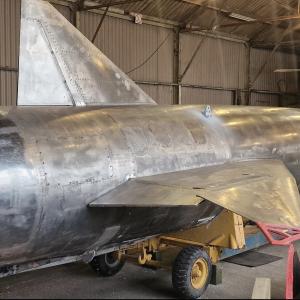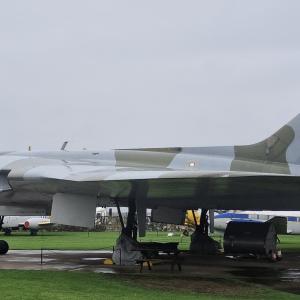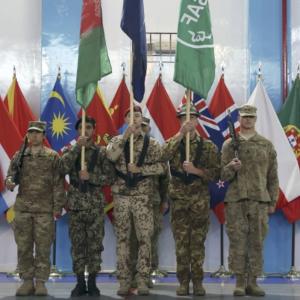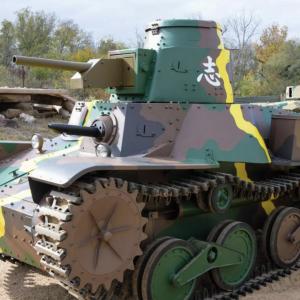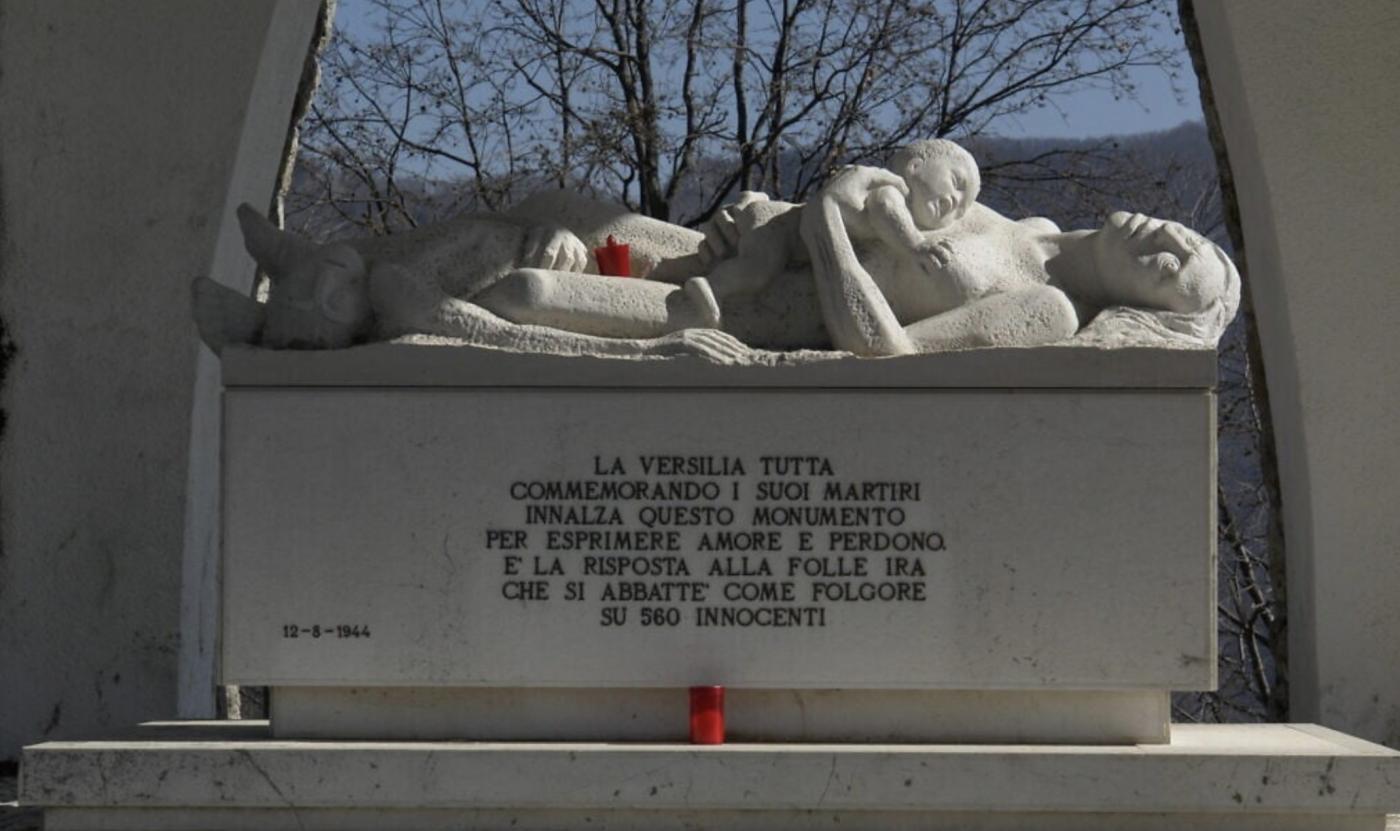
Waffen SS Masacre
In the summer of 1944, as the Second World War ground through its fifth year, the small village of Sant’Anna di Stazzema in Tuscany, Italy, became the site of one of the most harrowing civilian massacres perpetrated on Italian soil. Nestled in the Apuan Alps, Sant’Anna was a peaceful rural hamlet where villagers had welcomed displaced families fleeing the intensifying conflict in surrounding towns. Many believed that its isolated mountain location would offer safety from the encroaching battles between German forces and Allied troops moving northward. However, on August 12, 1944, that illusion of safety was shattered in a sudden and brutal operation carried out by the Waffen-SS.
That morning, troops from the 16th SS Panzergrenadier Division, supported by Italian fascist collaborators, entered the village in a planned and methodical sweep. The German soldiers arrived before dawn, surrounding Sant’Anna and cutting off all escape routes. Under the command of SS officer Max Simon, the operation was framed as an anti-partisan raid, intended to eliminate resistance fighters who were believed to be operating in the area. In reality, no partisan activity had been reported in Sant’Anna, and the inhabitants, most of them women, children, and the elderly, posed no threat. The majority of the able-bodied men had already fled or were in hiding, anticipating potential retribution from the Germans.
Once inside the village, the soldiers began pulling residents from their homes, herding them into open spaces and barns. Children were dragged from beds and women were driven out of kitchens. Entire families were forced to gather in groups, some in the church square, others in barns or meadows. Without warning or provocation, the soldiers opened fire on the assembled villagers using machine guns and rifles. Many were shot at point-blank range. Others were killed with grenades or bludgeoned to death. Infants were torn from their mothers’ arms and executed. Some victims were set on fire while still alive as buildings were torched with people inside. In total, approximately 560 civilians were murdered over the course of a few hours. The youngest victim was just 20 days old. The oldest, over 80.
The village itself was almost entirely destroyed. Homes, barns, and public buildings were burned to the ground, erasing much of the community’s physical presence. The attack was swift, devastating, and left few survivors. Only a handful of villagers managed to hide in the woods or escape the initial cordon. In the aftermath, the valley was eerily silent, filled with smoke and the stench of death. There were no immediate efforts to bury the dead. The Germans left behind a scene of unimaginable horror, retreating without remorse or explanation. The event was largely ignored by official reports in the days that followed, as Italy remained deeply embroiled in war and chaos.
The Sant’Anna massacre remained a haunting and largely unpunished crime for decades. In the postwar years, the incident was known to historians and survivors but lacked the political momentum for justice. It wasn’t until the late 1990s and early 2000s that German and Italian prosecutors began a renewed investigation. Survivors testified about the atrocities. Former SS officers were identified, though many had lived out quiet postwar lives in Germany. In 2005, an Italian military tribunal sentenced ten former SS members to life in prison in absentia. However, Germany refused to extradite them, and none served time. The village, meanwhile, has become a national symbol of civilian suffering and resistance. A memorial museum now stands at the site, preserving the memory of the lives lost and the brutality endured.
The massacre at Sant’Anna di Stazzema is emblematic of the wider policy of terror that Nazi Germany employed during its occupation of Italy. Frustrated by partisan activity and resistance movements, German forces often lashed out at civilians in reprisal, hoping to sever support networks and intimidate the population. Yet the killing in Sant’Anna was not a haphazard act of vengeance. It was a calculated and deliberate extermination of an innocent community. More than seventy years later, the echoes of that summer morning remain, a stark reminder of the depths of wartime atrocity and the enduring need for remembrance and accountability.


